
Natto is a traditional Japanese food made of soy beans fermented with bacteria called Basillus subtilis. It is especially popular as a breakfast food. Because of its strong, ammonia smell, powerful flavor and somehow slippery texture, natto is not exactly everyone’s favorite food, and it takes some getting used to.
How is it made
Natto is made of soybeans, preferably smaller, which are cleaned and boiled, and then mixed with the bacteria. The fermentation takes up to 24 hours, after which time natto is cooled and refrigerated, allowing it to age for approximately one week.
Health benefits of natto
Natto is an excellent source of enzyme called nattokinase, which is believed to prevent blood clots. It is rich in proteins and vitamins K and B2. Thanks to its content of phytoestrogens and isoflavones, natto has some cancer-preventing qualities and the vitamin PQQ makes it very beneficial for the skin.
Natto contains two enzymes important for prevention of heart disease. Pyrazine prevents blood clotting while nattokinase has the ability to dissolve the existing blood clots. This is very important because blood clots are major factors of risk of heart attack, stroke and senility.
People who take warfarin, a blood thinner, are advised not to eat natto and other foods rich in vitamin K, because this vitamin in large amounts can interfere with the drug’s effectiveness.
Soybeans contain lecithin and linoleic acid which purify the blood, and its high protein content improves the elasticity of blood vessels.
Natto can also be very beneficial for bone health and it may prevent osteoporosis. Vitamin K, which is present in natto, is a mediator between calcium and gamma glutamic acid, which partecipate in the formation and development of the bones.
Japanese men seem to suffer much less from prostate cancer than Americans. Some studies have linked this low cancer rate to Japanese diet that is rish in soy products and does not include many animal products, like meat. Soy contains phytoestrogen and one kind of flavonoid pigmentation that are believed to have anti-carcinogen properties.
Soy also contains selenium, which is an anti-cancer mineral. High levels of edible fibers in soybeans cleanse the intestines and prevent colon cancer.
In addition, natto has antibacterial qualities. In the past, before the discovery of antibiotics, this food was used as a medicine against dysentery, typhus and other diseases.
Natto is beneficial for digestion. It contains cellulose, which is important for the growth of bifidus bacteria, the “good” bacteria that live inside our digestive system.
Thanks to lecithin, found in soybeans and in many soy products, natto is beneficial for body weight and for the skin. Japanese women are known for their smooth skin and this is believed to be result of their high intake of soybeans.



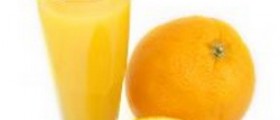
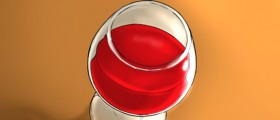
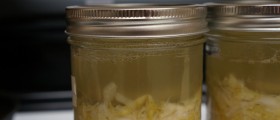
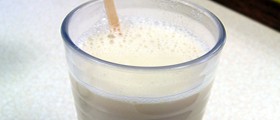
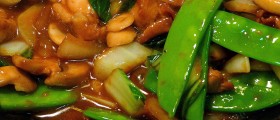
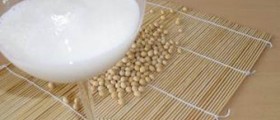
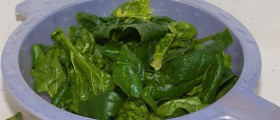
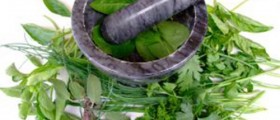

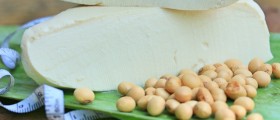

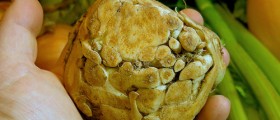

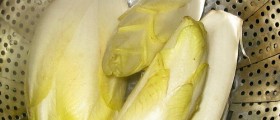
Your thoughts on this
Loading...